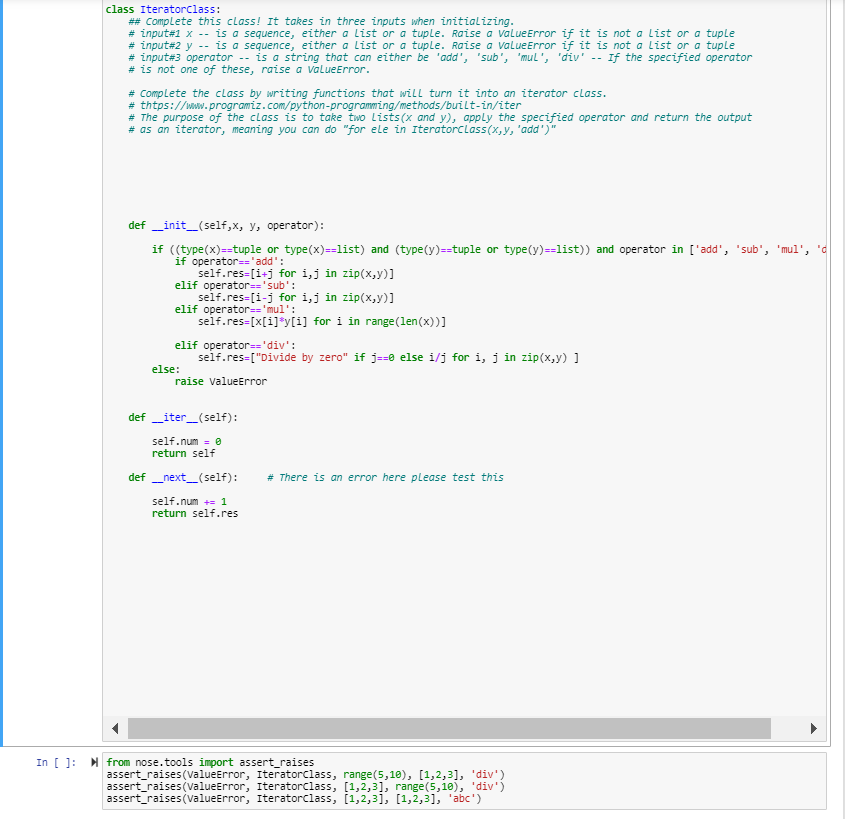X Y Meaning In Python
In the example below we use the operator to add together two values.
X y meaning in python. X and y do not have the same identity and x is y returns false. You saw previously that when you make an assignment like x y python merely creates a second reference to the same object and that you could confirm that fact with the id function. Similarly 1 is key and a is the value in dictionary y.
Getting started mean median mode standard deviation percentile data distribution normal data distribution scatter plot linear regression polynomial regression multiple regression scale train test decision tree. Hence a in y returns false. You can print the variable inside f x y but if you try z 2 inside the function it throws an exception.
When you see the symbol you may think percent. The symbol in python is called the modulo operator. Here h is in x but hello is not present in x remember python is case sensitive.
It returns the remainder of dividing the left hand operand by right hand operand. But in python as well as most other programming languages it means something different. X 1 2 3 y 1 2 3 is print x is y false is not print x is not y true membership operators membership operators are used to check if a specific item is present in a sequence such as a string tuple list or range or a collection such as a dictionary set or frozen set.
Evaluates to false if the variables on either side of the operator point to the same object and true otherwise. Python has no command for declaring a variable. Operators are used to perform operations on variables and values.
X is not y here is not results in 1 if id x is not equal to id y. X is y here is results in 1 if id x equals id y.

